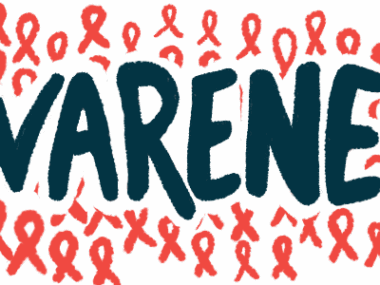CDC Funds Five-year Study to Better Define Fragile X Natural History
Written by |

A Rush University Medical Center scientist will use a $4 million “cooperative agreement” from the Centers for Disease Control and Prevention (CDC) to better define the natural history of fragile X syndrome (FXS) and determine ways to improve the lives of patients and their families.
The five-year study, led by the Elizabeth Berry-Kravis, will build on data collected through ongoing Fragile X Online Registry With Accessible Research Database (FORWARD), in collaboration with the CDC’s Study to Explore Early Development (SEED).
“The studies in this new cooperative agreement are expected to expand upon and complement the work on FORWARD and allow acquisition of rich natural history data to inform new intervention studies,” Berry-Kravis, MD, PhD, a neurologist at Rush University and a FORWARD principal investigator, said in a National Fragile X Foundation (NFXF) press release.
Natural history refers to the progression of a disease over time in the absence of treatment. Such studies are key to understanding disorders, particularly rare diseases, as they can reveal patterns that might otherwise go unnoticed. Such knowledge could lead to better treatments and care.
The new study will use in-person standardized assessments to observe patient cognition, language, and behavior, as well as symptoms of autism. Fragile X is the most common cause of autism spectrum disorder (ASD) and inherited intellectual disability. The condition is associated with cognitive impairment, learning and behavioral challenges, as well as characteristic physical features.
Investigators will also explore the everyday, financial, and psychological impact of fragile X on caregivers and patients’ siblings.
With more than 3,600 people enrolled and 22 participating fragile X centers, FORWARD is the nation’s largest resource of fragile X clinical and demographic data. It was created to improve the care and life quality of people living with fragile X and other ASDs, and to give families a better idea of disease progression from infancy through late adulthood. Funded by the CDC, the project aims to inform the development of global best-practice care guidelines for fragile X.
“This much-needed information is vital in being able to determine the steps needed to improve the quality of life for those affected” by fragile X, the FORWARD study states on its website.
With six sites, the multi-year SEED study is the nation’s largest aimed at identifying factors that may put children at risk for ASD and other developmental disabilities. It includes children ages 2-5 years who have ASD, those with developmental disabilities, and children developing normally.
SEED researchers hope to learn the physical and behavioral characteristics of young ASD patients, children with other developmental disabilities, and those without developmental delay or disability.
Scientists are also looking for more insight into health conditions and disorders that might affect children with and without ASD, with some smaller studies indicating that certain conditions are more common among children with ASD. Through SEED, researchers can compare disorders and health-related issues, such as sleeping and eating patterns, among children with ASD or other developmental disabilities, and with normally developing children.
Finally, SEED researchers are looking at factors associated with a child’s risk for ASD. Risk factors may include genetics and health conditions.
“We are so excited to continue this incredible work in partnership with CDC, Fragile X experts, clinics, and most importantly the families living with FXS,” Linda Sorensen, NFXF executive director, said of the new study. “We have already learned a great deal from this important study and will continue to work closely with our partners to gain knowledge that helps our community.”






